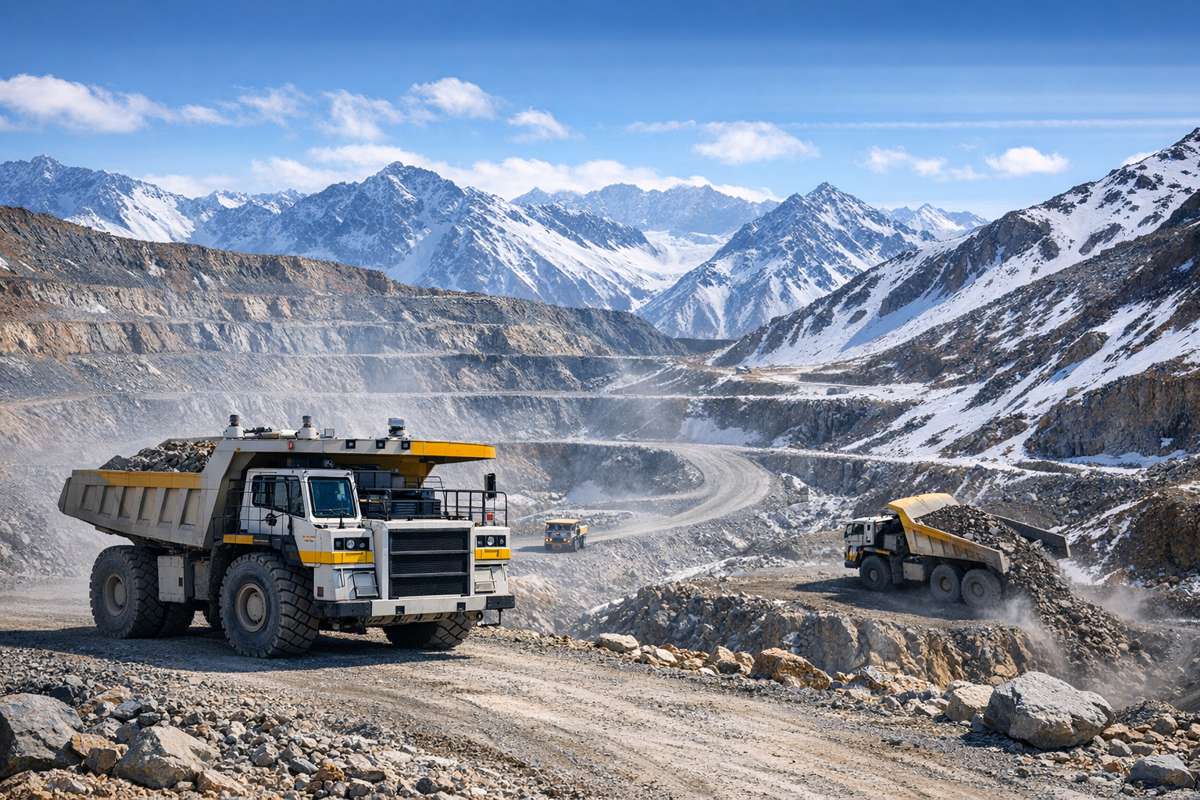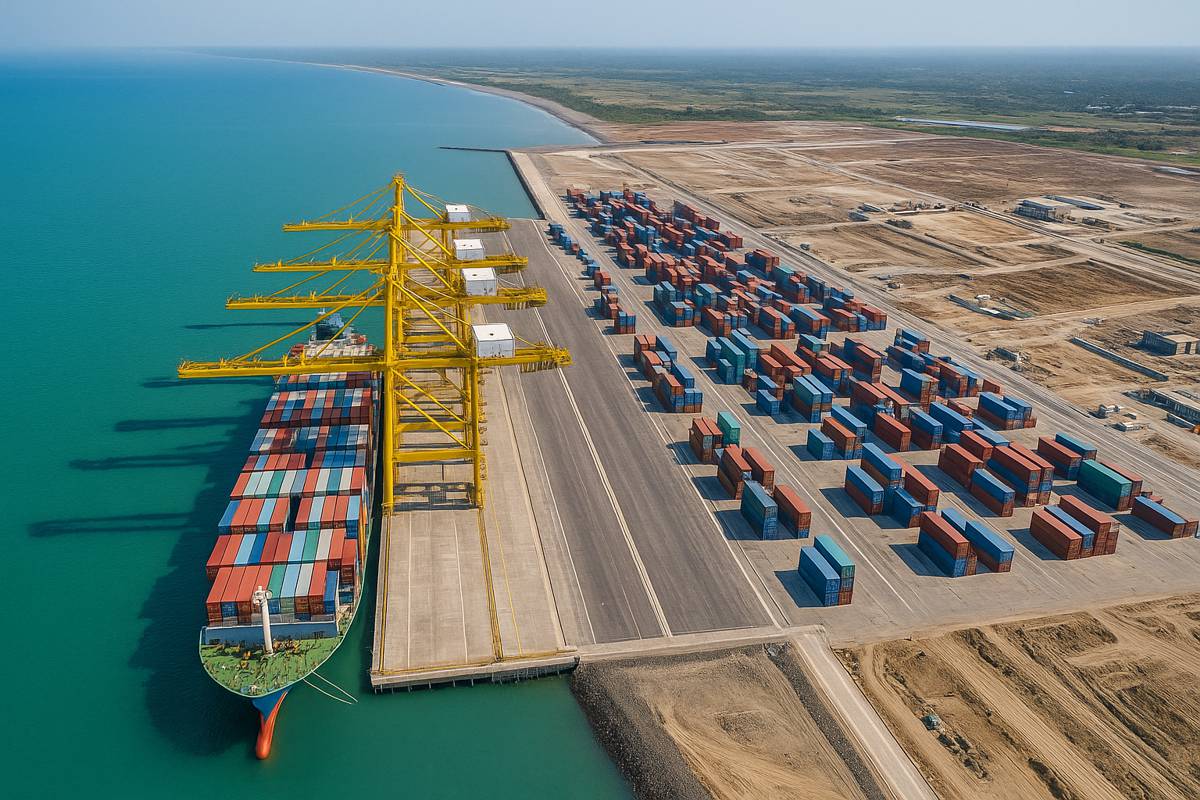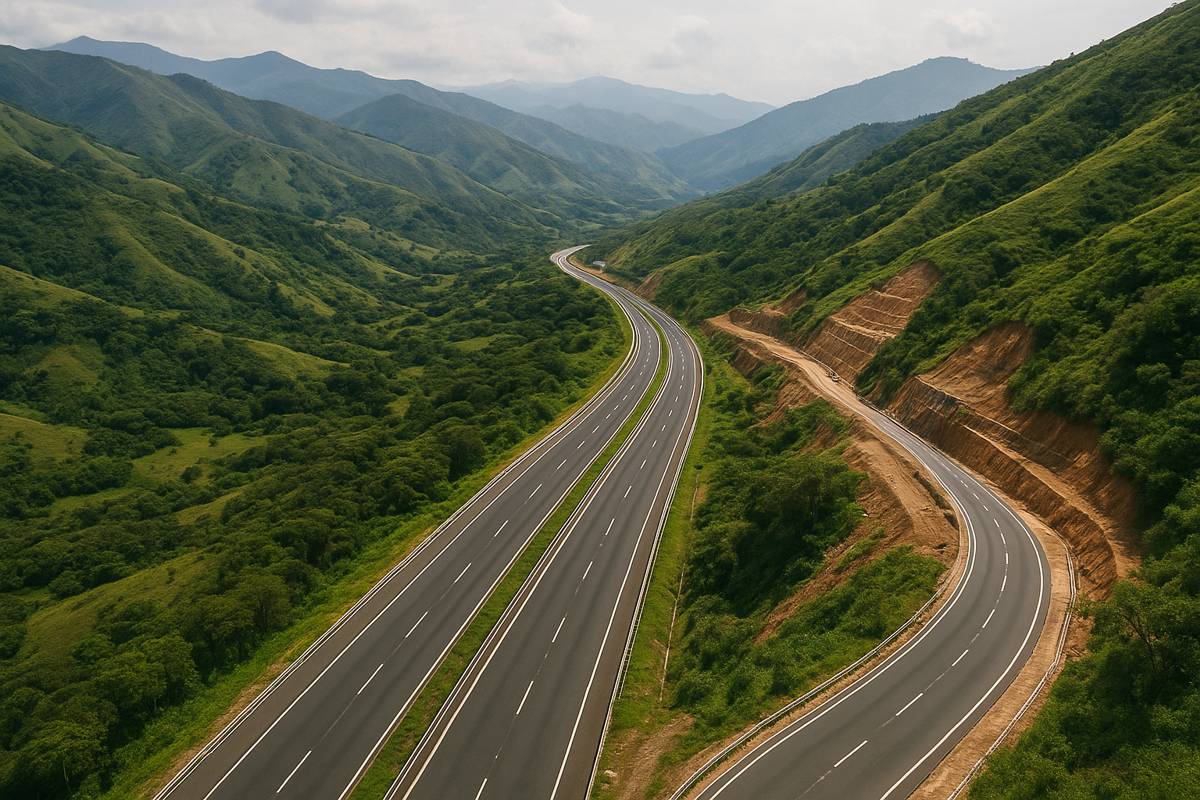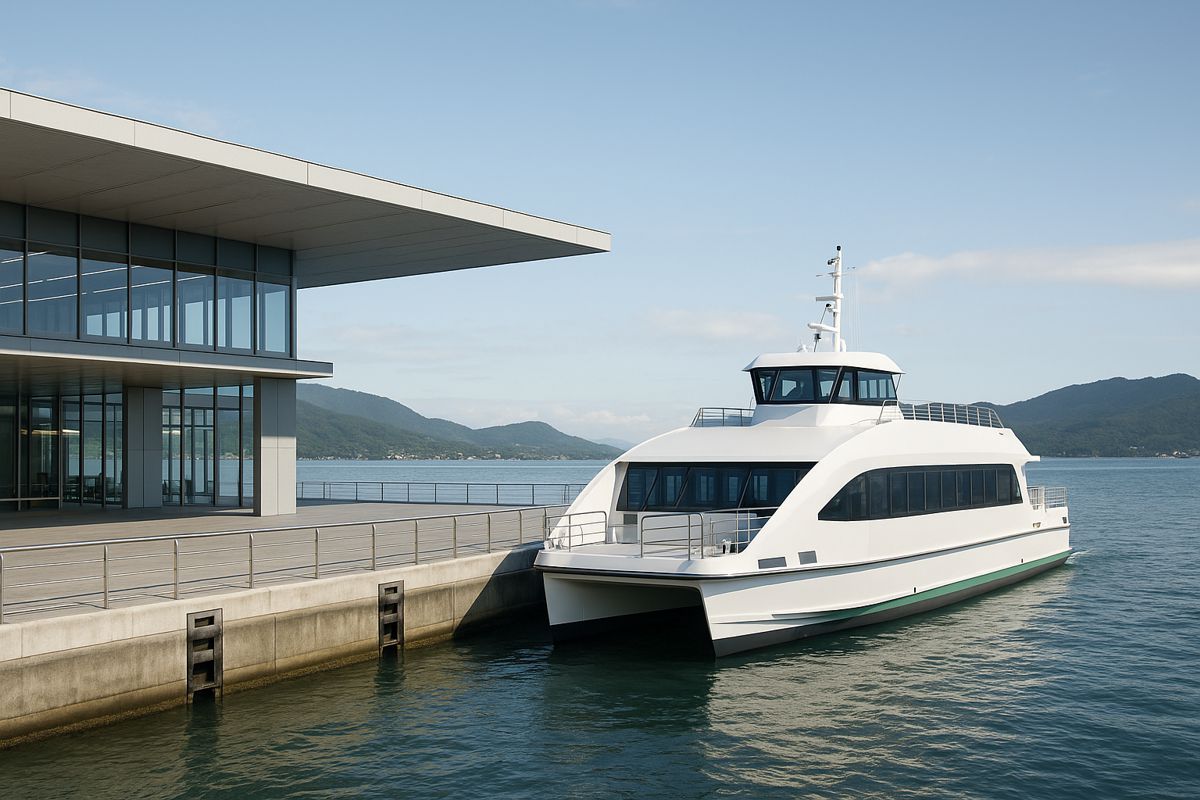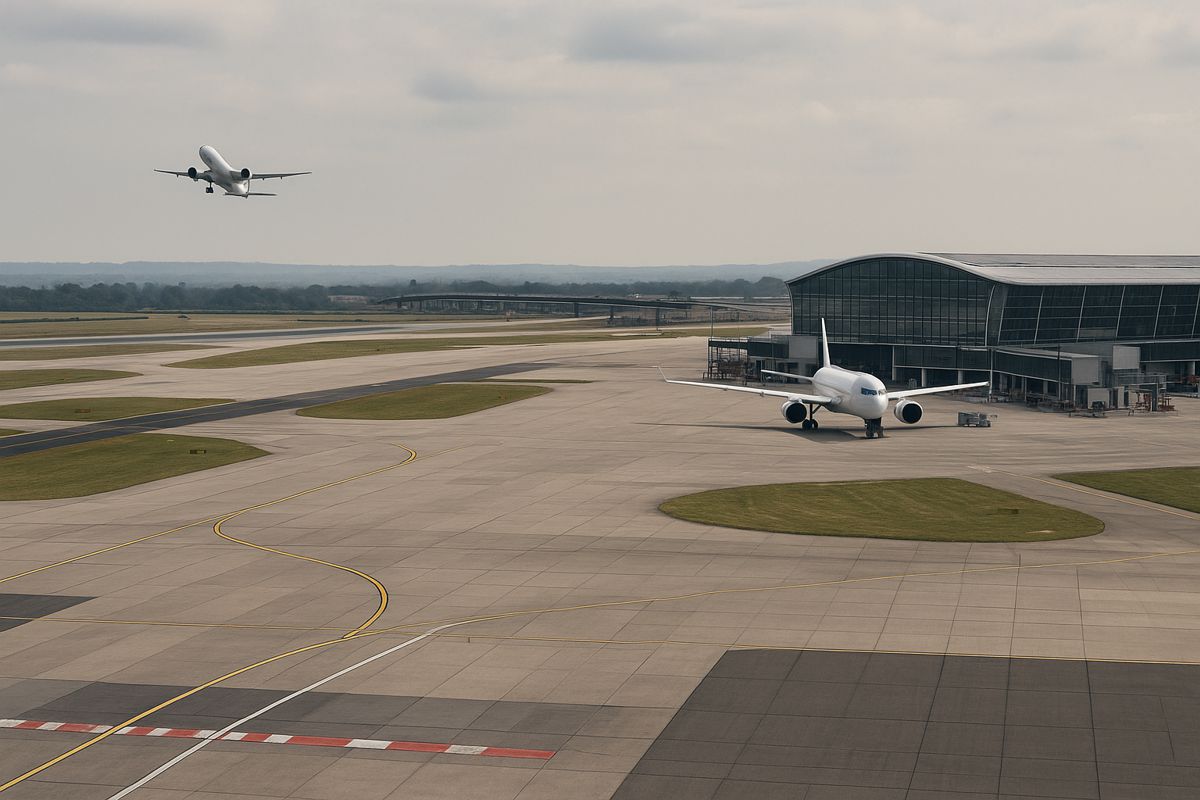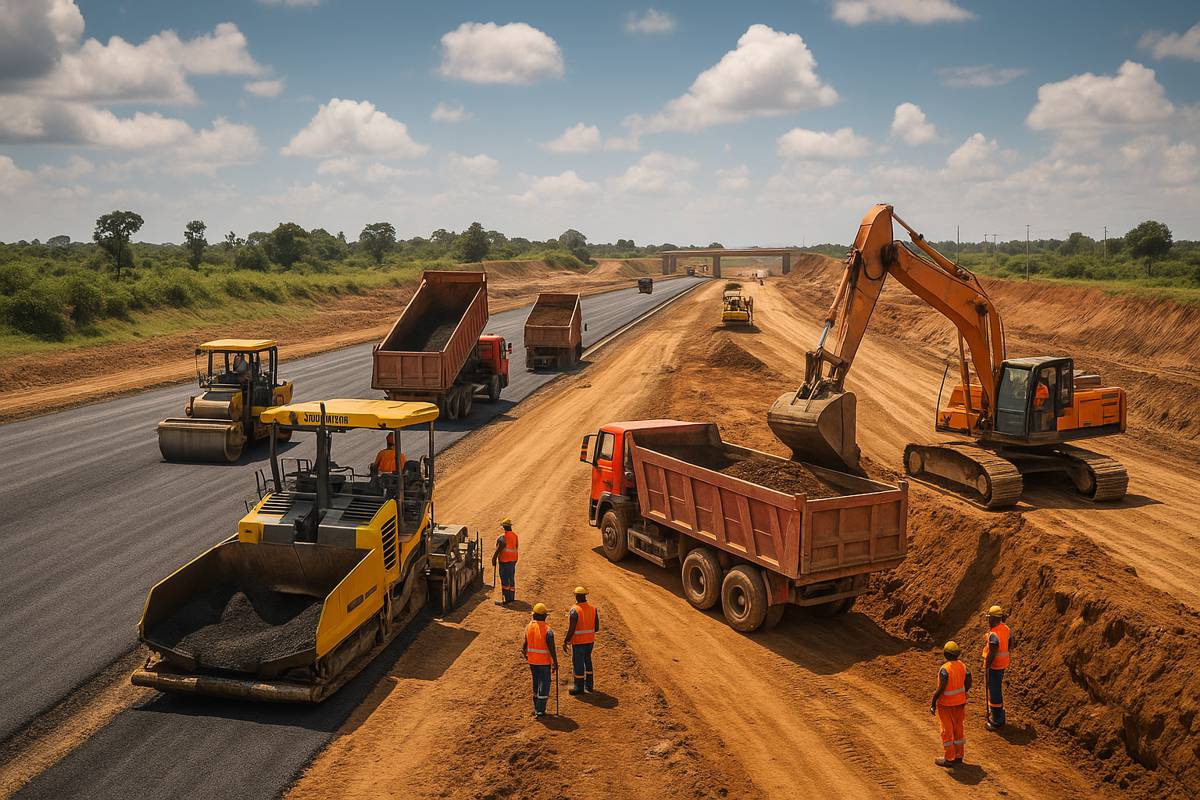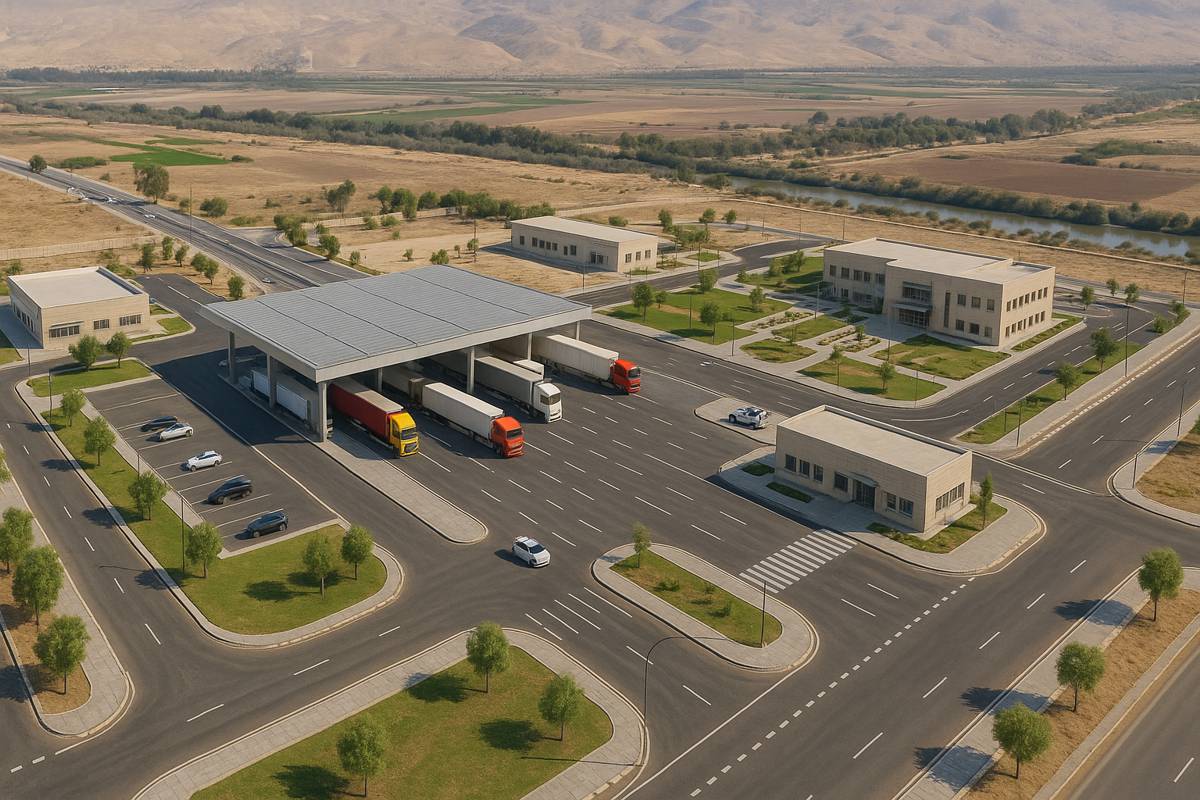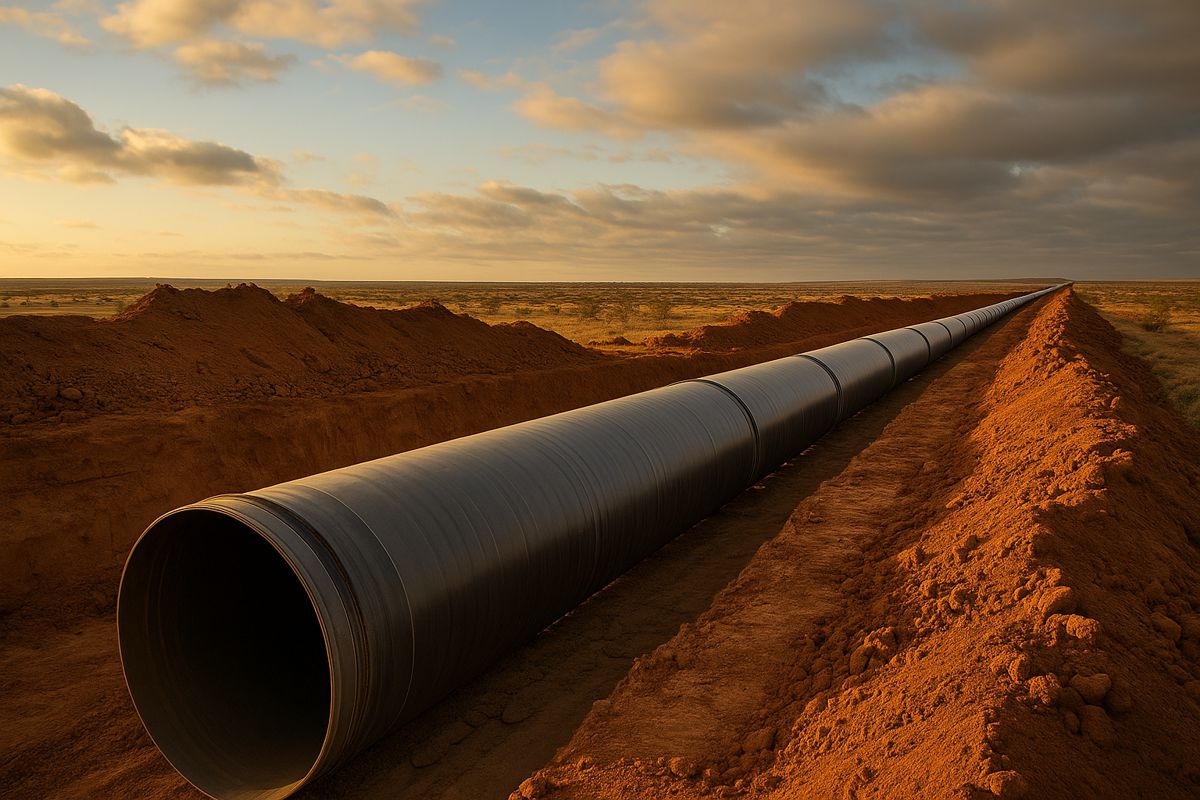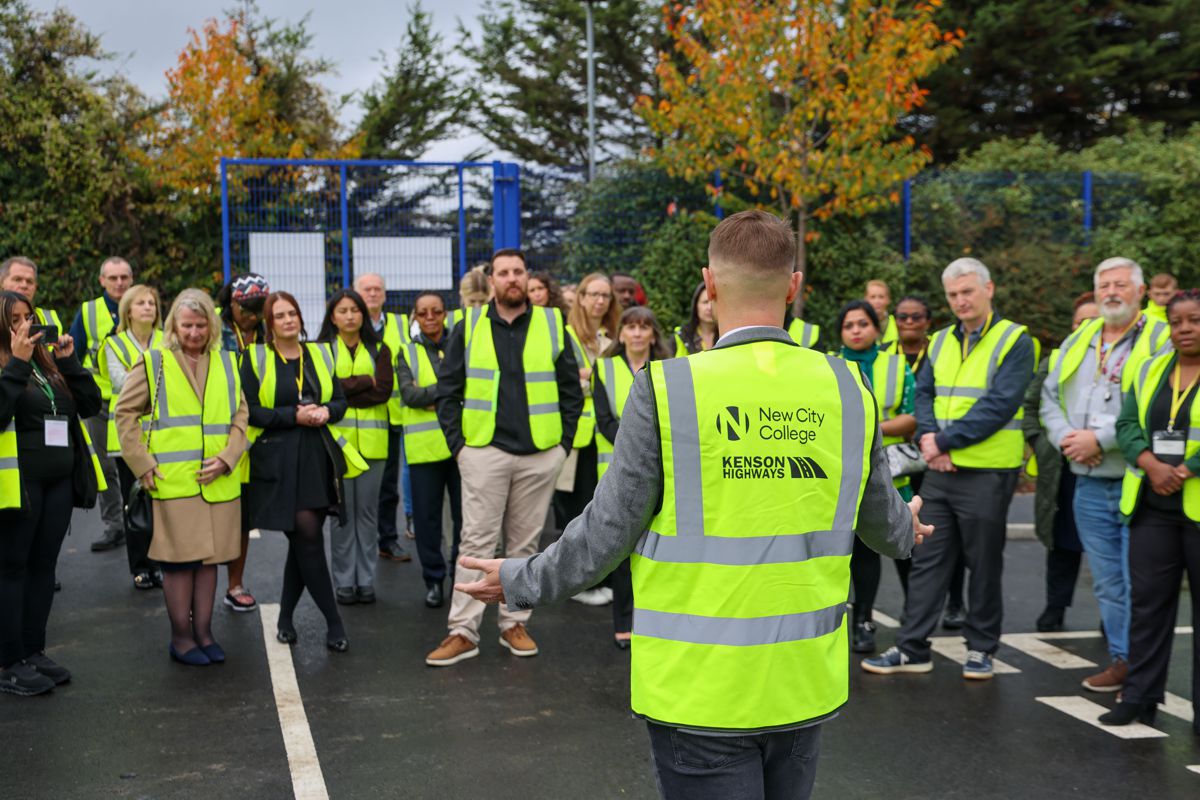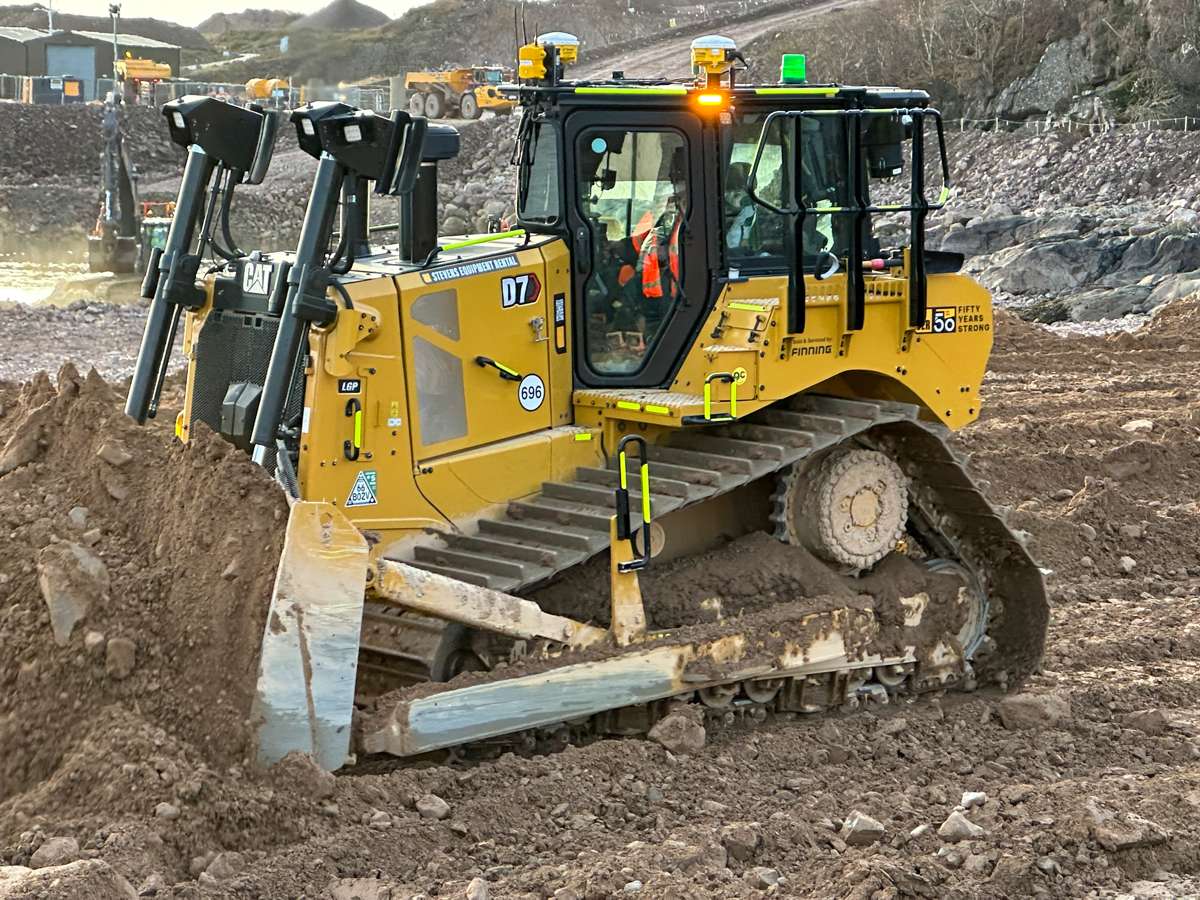Liebherr Cranes Conquer the Elements on Norway’s Ytre Steinsund Bridge Project
Along Norway’s rugged western coastline, a remarkable feat of engineering is taking shape. The Ytre Steinsund Bridge, poised to become a vital link across the Sognefjord, is being built under some of the harshest conditions in Europe. Braving fierce winds, crashing waves, and unpredictable weather, the construction team has placed its trust in four Liebherr EC-H series high-top tower cranes, machines purpose-built for precision, stability, and endurance.
Scheduled for completion by the end of 2026, the bridge will dramatically improve connectivity between coastal communities near Hardbakke, reducing travel times and strengthening regional infrastructure. At the heart of this endeavour stands Liebherr’s 132 EC-H and three 280 EC-H 12 Litronic cranes, proving that with the right technology, even the wild Norwegian seascape can be tamed.
Mastering Wind and Waves
The Sognefjord region is notorious for its unforgiving climate. Gusts whip through the valleys, and sea spray often lashes the construction platforms. For most machinery, these would be showstoppers. Yet Liebherr’s high-top cranes are built for precisely these environments.
Three 280 EC-H 12 Litronic cranes, each boasting hook heights of up to 60.3 metres and an impressive 60-metre working radius, are operating alongside a 132 EC-H with a 27.5-metre hook height. This fleet handles the heavy lifting of steel and concrete components, sometimes directly from barges rocking below the bridge. Their precision and power have become indispensable to the project’s progress.
What sets the 280 EC-H cranes apart is Liebherr’s intelligent Litronic control system. This advanced technology continuously monitors and adjusts lifting operations, ensuring safe, fluid motion even in gusty, shifting winds. The system’s dynamic load control and responsive brake management help operators maintain pinpoint accuracy where even a few centimetres of deviation could spell disaster.
As one project engineer explained: “In these conditions, precision isn’t just a goal, it’s survival. The cranes’ stability and responsiveness mean we can keep working safely, even when the weather turns.”
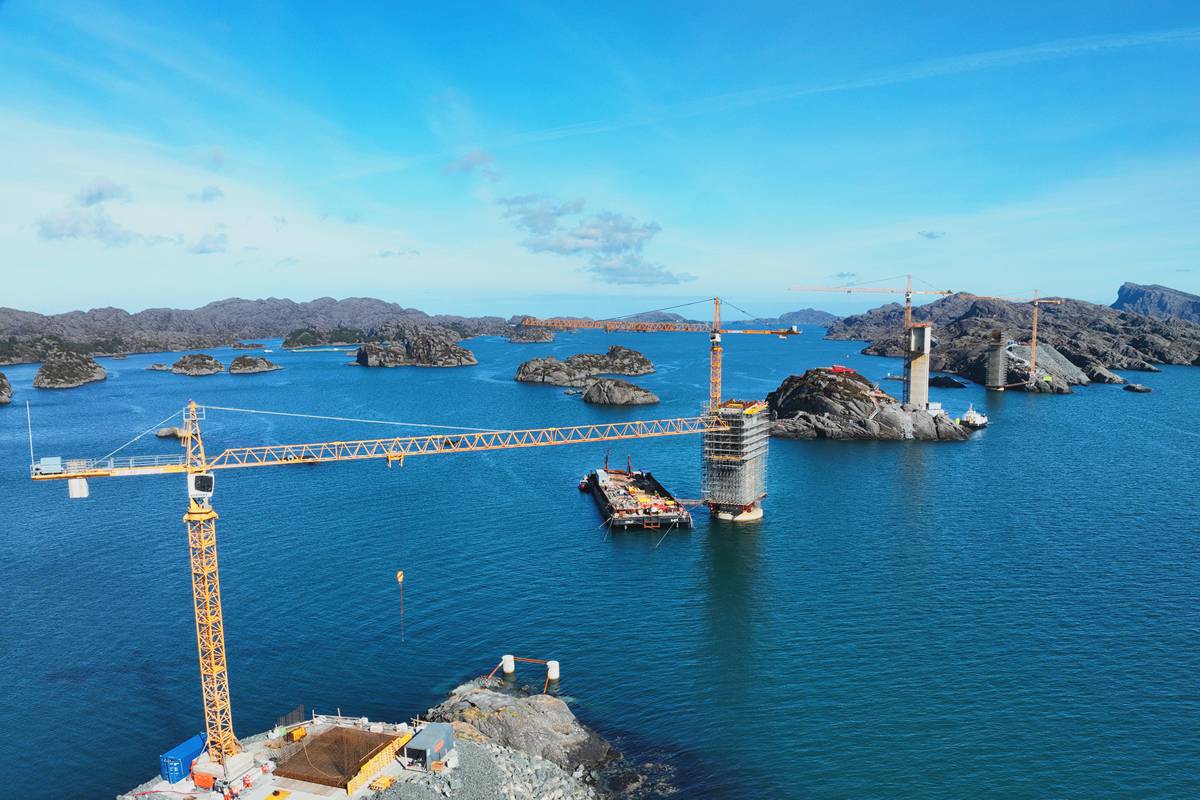
Custom Foundations for Ultimate Stability
To anchor these machines against the elements, Liebherr designed a mix of foundation solutions tailored to each crane’s location. Three of the EC-H cranes are mounted on robust cross bases set into solid concrete foundations, each reinforced with deep anchoring systems. These provide a rock-solid footing that resists the torque and sway generated by heavy loads in high winds.
The fourth crane, however, takes ingenuity to another level. It’s installed directly in the fjord, perched on a specially engineered steel frame that cantilevers over the water and is anchored to the seabed. This configuration not only stabilises the crane but also allows direct access for lifting materials delivered by boat.
This approach reflects the adaptive engineering philosophy that defines Liebherr’s design ethos. By offering modular foundation systems, the company ensures its cranes can be deployed virtually anywhere, onshore, offshore, or perched precariously above the waves.
“We’re working where land meets sea, and sometimes where there’s no land at all,” said a member of the site management team. “The ability to customise crane foundations is a game-changer. It lets us maintain precision and safety, even in the middle of a fjord.”
Efficiency and Precision in Every Lift
The Ytre Steinsund Bridge’s construction demands flawless logistics. Heavy components, massive steel beams and pre-cast concrete segments, arrive by vessel, where they must be hoisted directly from the water and placed with surgical accuracy onto the bridge structure. The EC-H cranes’ responsive controls and superior lifting dynamics make these delicate operations routine.
Each lift requires coordination between crane operators, vessel crews, and ground teams. Even minor misalignment could cause costly delays or structural issues. Yet with Liebherr’s robust technology and operator-friendly controls, the project has stayed on schedule despite frequent weather disruptions.
Furthermore, the cranes’ modular configurations allow rapid height adjustments as the bridge rises. This adaptability ensures that the cranes evolve with the project, maintaining optimal performance throughout every stage of construction.
Strengthening Connectivity and Regional Growth
The Ytre Steinsund Bridge isn’t just another infrastructure project, it’s a lifeline for the communities it connects. Spanning one of the most dramatic fjord landscapes in Norway, the bridge will provide safer, faster access to education, healthcare, and trade for residents scattered across the islands and coastal towns.
When complete, the cantilever bridge will play a critical role in linking Hardbakke with the mainland, eliminating the need for time-consuming ferry crossings. It will also form part of a broader strategy to enhance Norway’s coastal infrastructure, enabling smoother transport of goods and fostering economic growth in the region.
For Liebherr, this project underscores the brand’s legacy of engineering reliability in the world’s most challenging environments. From alpine tunnels to offshore platforms, Liebherr cranes have long been the silent workhorses behind the world’s most ambitious infrastructure.
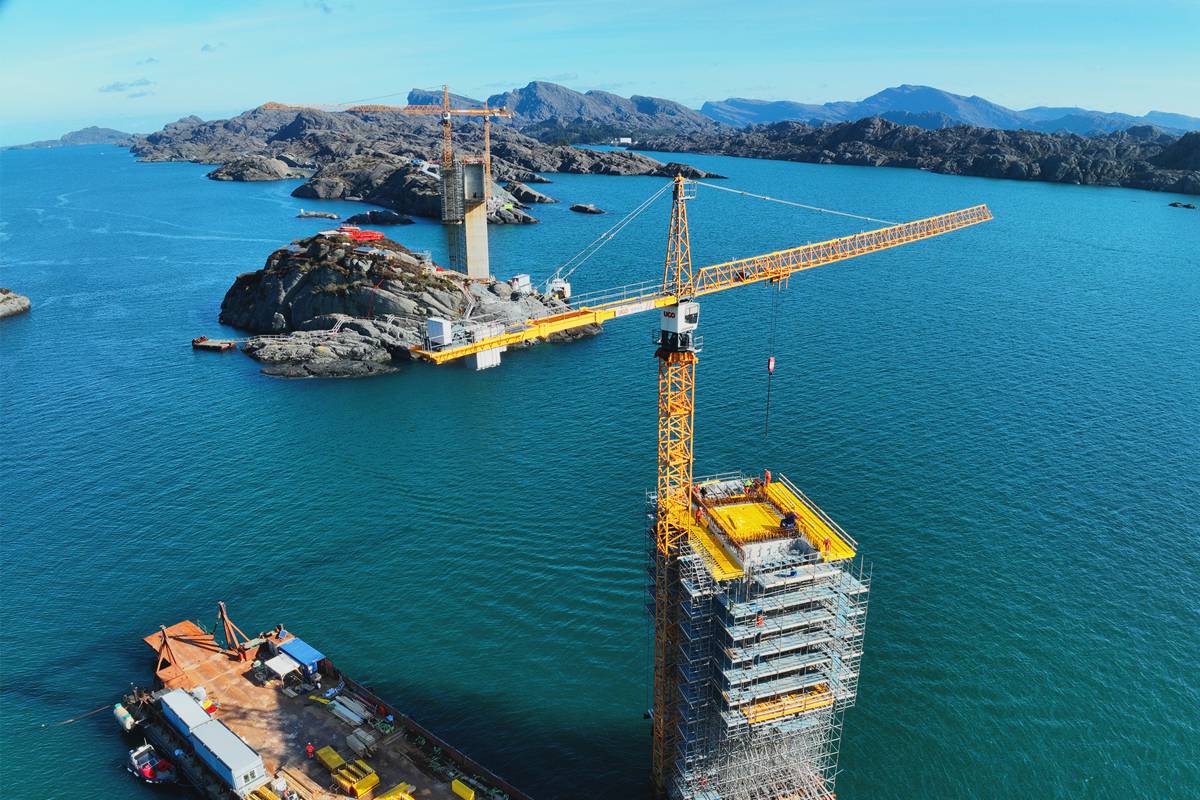
A Testament to Engineering Innovation
The Ytre Steinsund project is as much a testament to human ingenuity as it is to technological innovation. Liebherr’s EC-H high-top cranes demonstrate how precision design and intelligent systems can overcome natural extremes.
Their contribution to the project extends beyond mechanics, they represent a commitment to safety, sustainability, and the continuous evolution of construction technology. By enabling efficient workflows and reducing downtime, the cranes also help cut overall project emissions and resource waste, aligning with Norway’s strong focus on sustainable infrastructure development.
As the bridge takes shape against the dramatic backdrop of the Sognefjord, it symbolises more than connectivity. It’s a showcase of how modern engineering, powered by resilient technology, can transform even the most remote landscapes.
Building Tomorrow’s Infrastructure Today
The Ytre Steinsund Bridge will soon stand as a symbol of Norway’s commitment to innovation and progress. And at its core are the Liebherr cranes, quietly defying the elements, one lift at a time.
Every swing of the jib and every precise placement of steel reaffirms a truth well known in the world of heavy lifting: reliability and engineering excellence are not just desirable, they’re essential. Through wind and waves, Liebherr’s EC-H cranes have proven that progress need not wait for calm seas.








